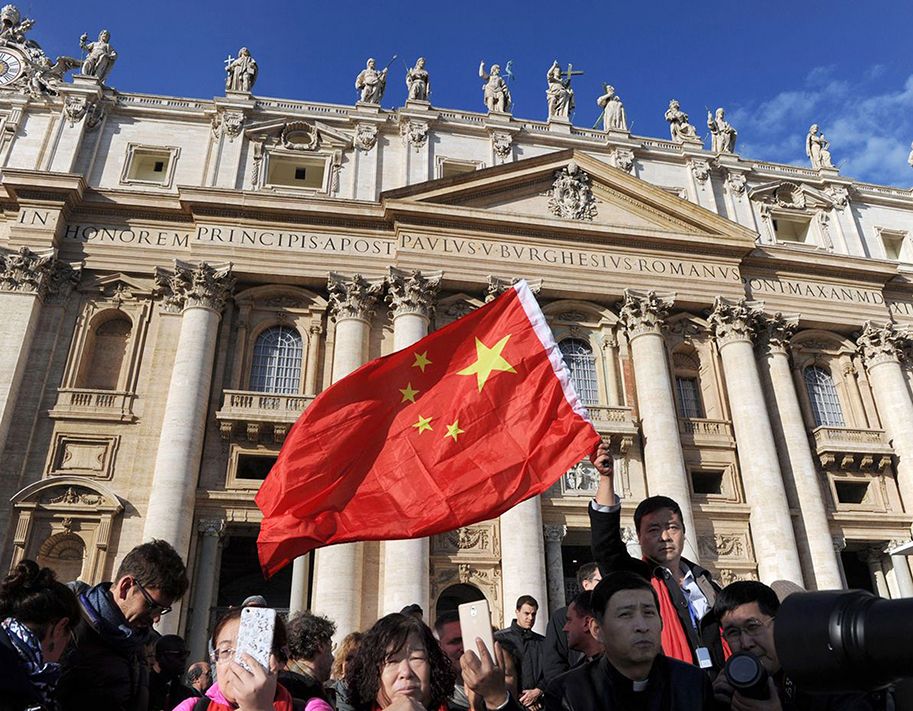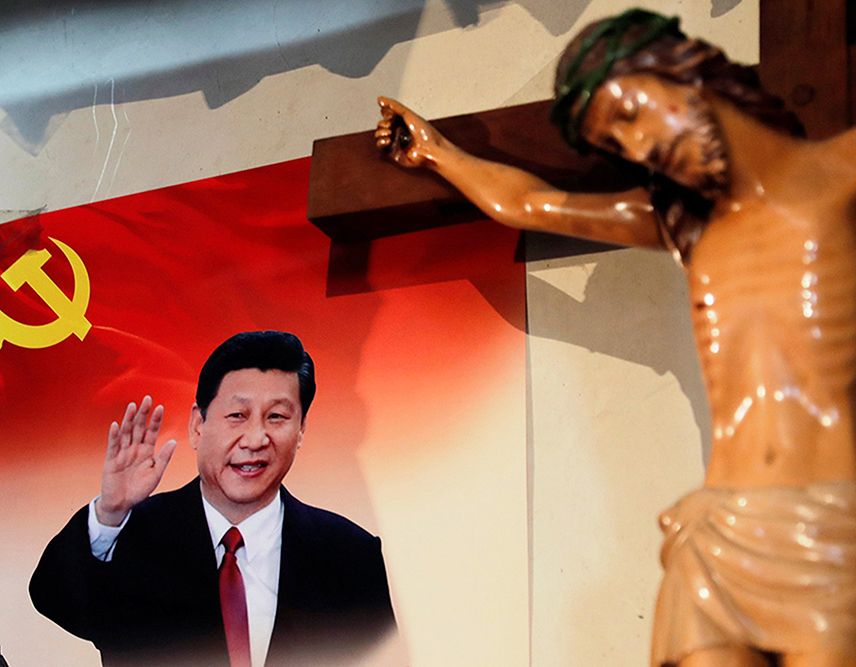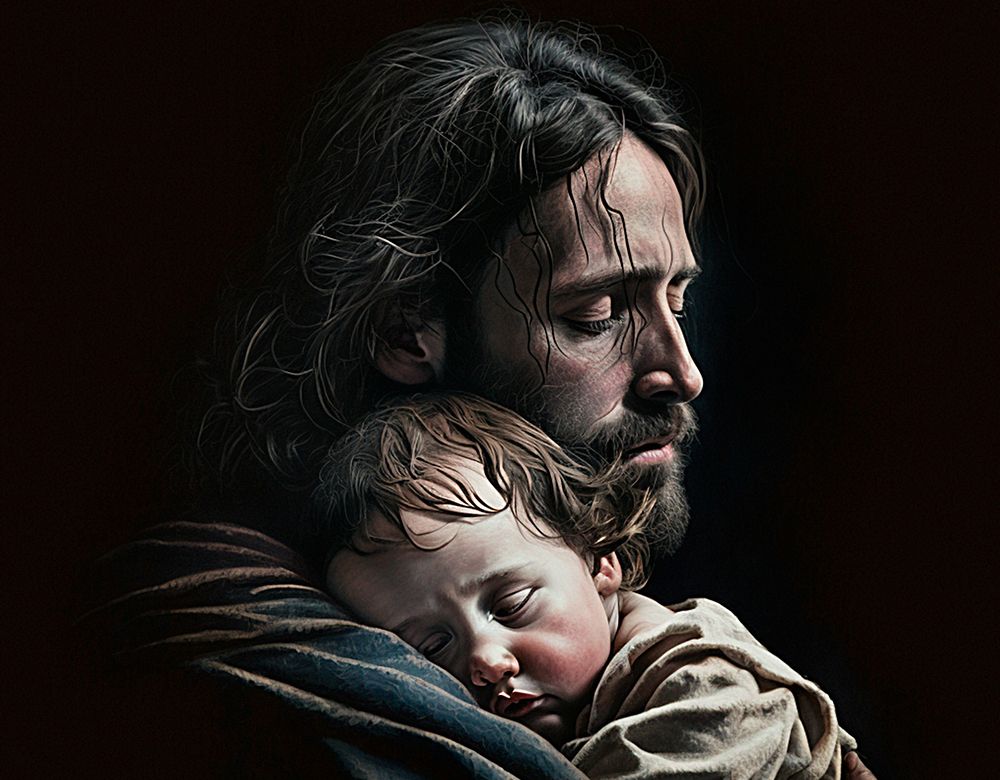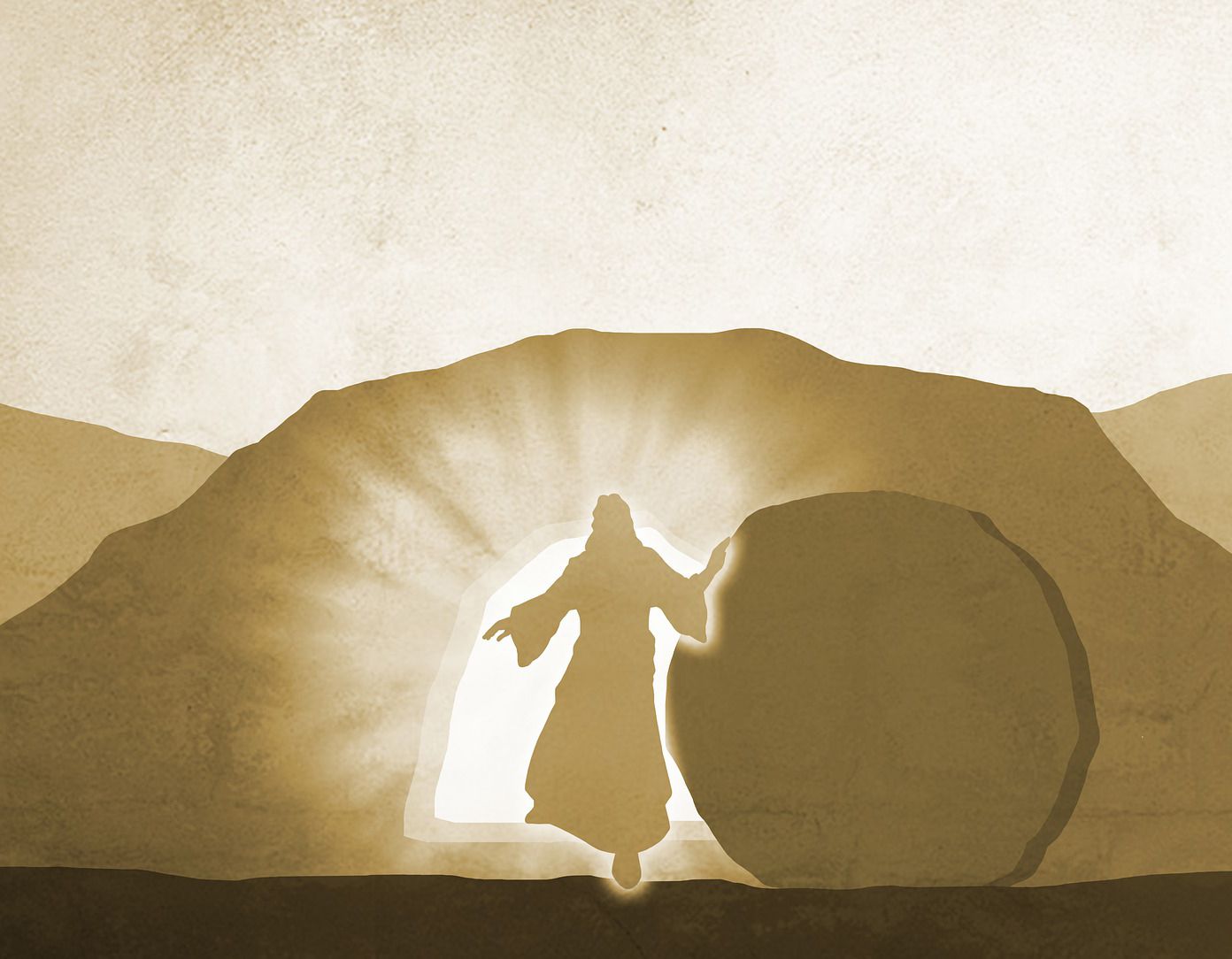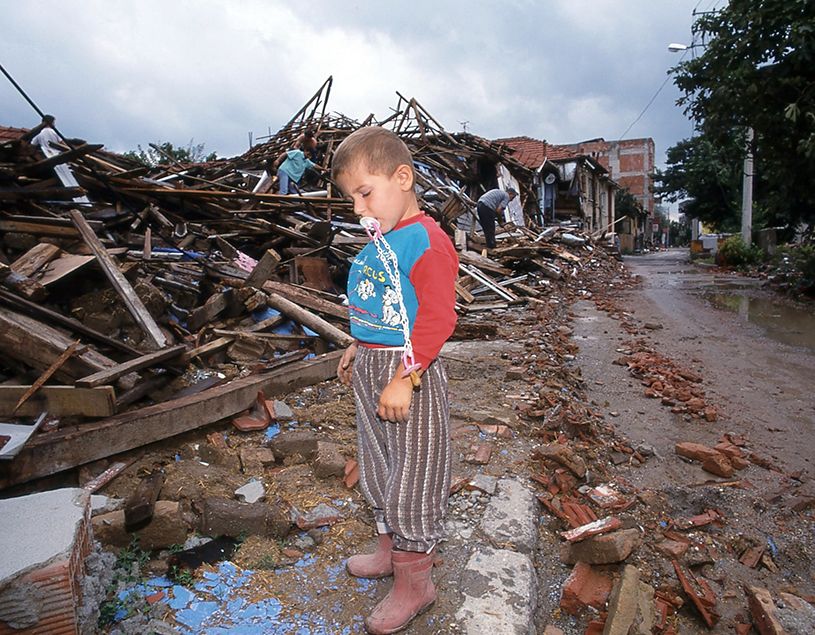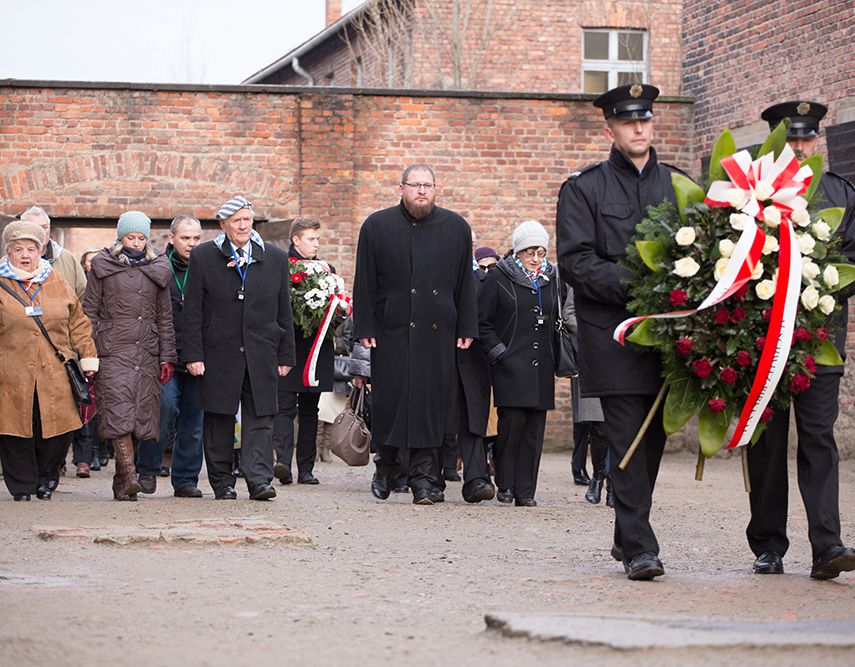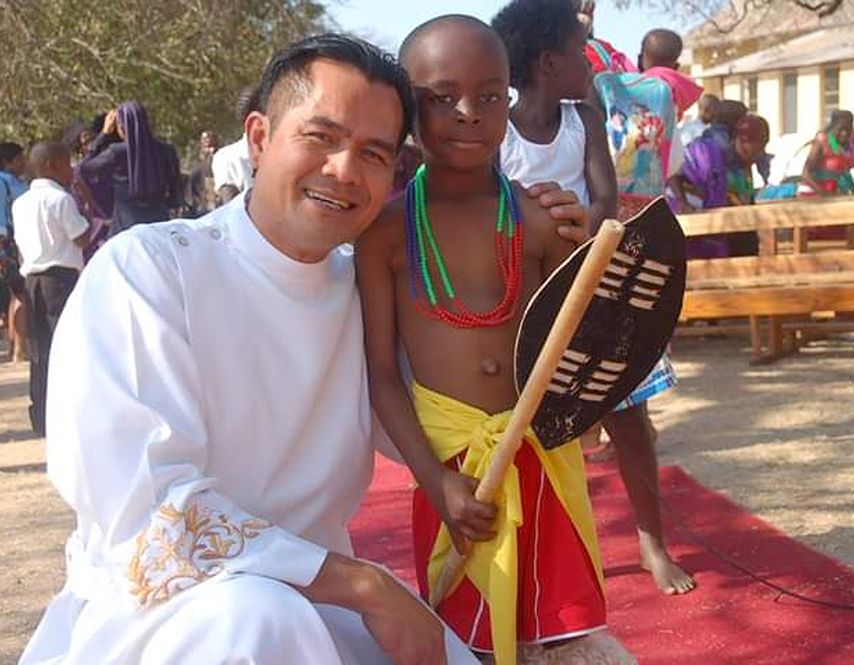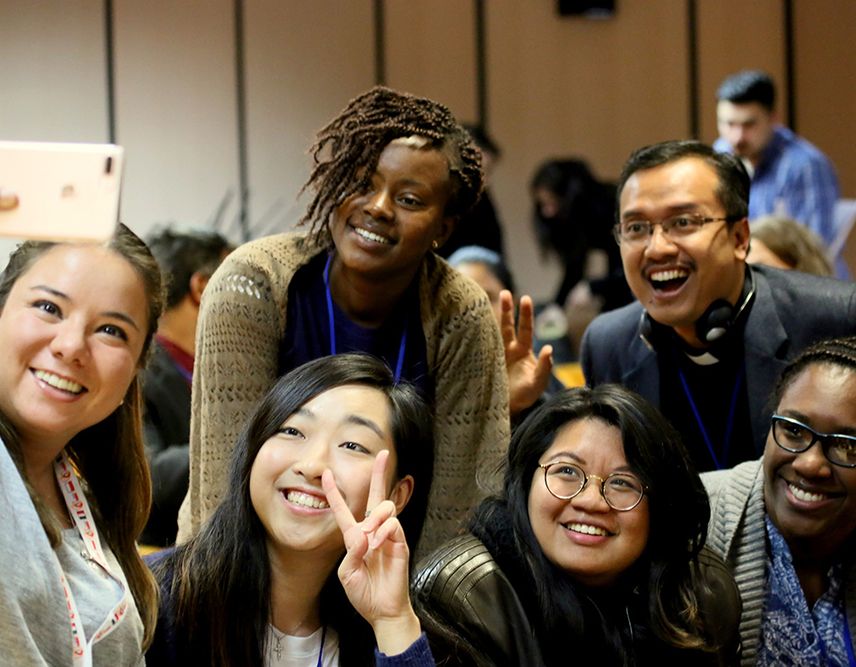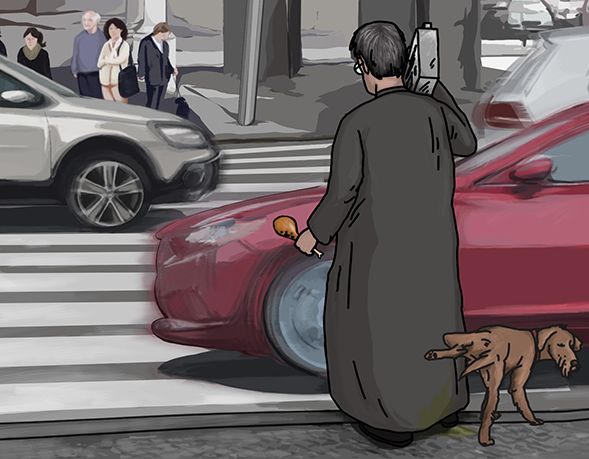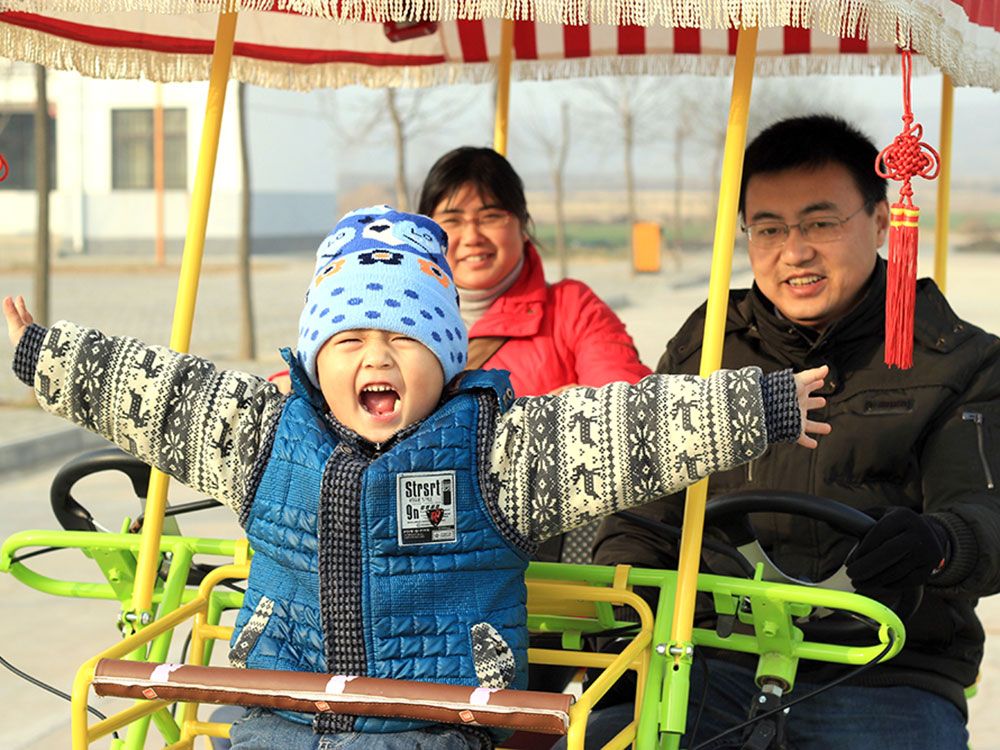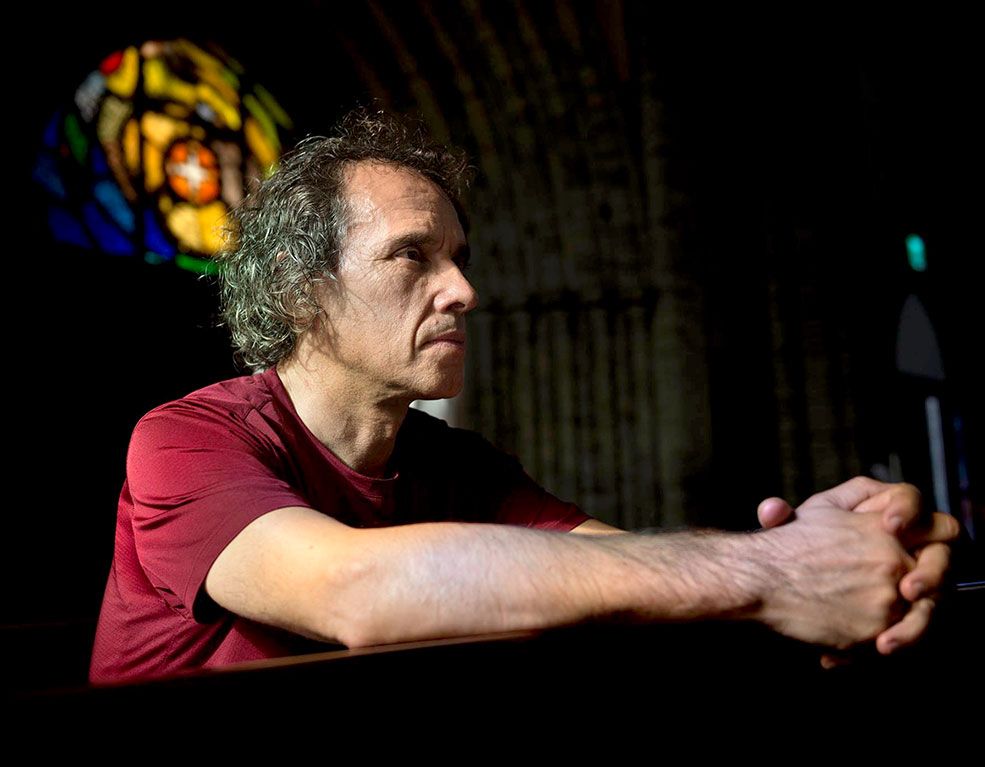The agreement between the Holy See and the Chinese government was signed in 2018. It was the result of a long path, beginning with the commitment of Saint John Paul II. During the years of Francis’ pontificate, contacts between China and the Holy See have multiplied and the channels of communication have appeared more stable and effective. But institutional dialogue has been going on since 1986, that is, for over 30 years. It would be a mistake, therefore, to imagine that these developments are linked to recent times. They are, if anything, an important step in a journey consisting of carefully-thought-out steps on both sides.
Clearly the agreement is not political, but concerns the procedures for the choice and nomination of Chinese bishops. They directly affect the life of the Catholic community in China, because historical events have led to painful outcomes for the Church.
The agreement is called “provisional” because we are still going through a trial period, of testing the effectiveness of the result to identify improvements to be made. The pandemic has created understandable obstacles to the meetings between the two delegations, which are closely monitoring and evaluating the implementation of the Agreement. For these reasons, it was extended a first time in 2020 and is now being extended again for another two years.
WHAT IS AT STAKE
In reality, what is at stake in this agreement touches on the intimate nature of the Church and its mission of salvation. In fact, it seeks to guarantee that the Chinese Catholic bishops can exercise their episcopal task in full communion with the pope. The underlying reason is to safeguard valid apostolic succession and the sacramental nature of the Catholic Church in China.
It is fundamental to have guaranteed the validity of the sacraments celebrated and the certainty, for millions of Chinese faithful, of being able to live their faith in full Catholic communion, without for that reason being suspected of not being loyal citizens of their own country. Throughout history, Christianity has always experienced the processes of inculturation as adaptation to cultural and political contexts. The challenge also in China can be that of attesting that belonging to the Church is not an obstacle to being a good Chinese citizen.
The division within the community was in fact a fracture within the Church. Clearly one of the desires of the Holy See has always been that of fostering reconciliation, and of seeing healed the wounds and differences opened within the Church by the tribulations gone through. There is, however, full awareness that the wounds need time to heal.
The intervention of civil authorities in the choice of bishops has occurred several times and in various forms in history. The Holy See has often gone so far as to agree with the civil authorities in order to nominate good and worthy pastors. Let us remember, for example, that the Latin diocese of Peking was erected in 1690 by Alexander VIII, who took its territory from the diocese of Macao. Originally it was suffragan of the archdiocese of Goa, in India, and placed under the royal patronage of Portugal.
The intention of the Holy See is, today more than ever, only to favor the choice of good Chinese Catholic bishops who are worthy and able to serve their people. The procedure foreseen by the agreement with China–guaranteed by the Secretary of State–has been carefully pondered, taking into account the particular characteristics of Chinese history and society and the consequent developments of the Church in China. Both the needs of the Catholic communities and the requirements expressed by the authorities of the country were taken into account.
It is necessary to recognize that the history of the relationship between the West and China has been deeply marked by Western colonialism and imperialism. In the light of the relationship between China and the Catholic Church, one can say that this historical wound has given rise to reciprocal problems, anxieties and fears. It is necessary to take the time to build a relationship of trust between China and the Holy See. Listening to the government positions has led to taking into account the contexts, the concerns and the patterns of thinking of the interlocutors. It has been a challenge to find new words to express more easily what we really care about.
An example: the bishops cannot be seen as “functionaries,” they are not “functionaries of the Pope” or “of the Vatican,” because they are successors of the Apostles; nor can they be considered “religious functionaries” of a secular political apparatus. In any case, on the part of the Holy See, it is better to seek simple and direct arguments to meet the practical, pragmatic approach of the Chinese interlocutors: one cannot expect them to grasp in depth the mystery of the Church, vivified by the Holy Spirit.
THE MAIN FRUITS
Cardinal Parolin, Vatican Secretary of State, identified three main fruits of the agreement. The first is that since September 2018 all the bishops of the Catholic Church in China are in full communion with the pope and there have been no more illegitimate episcopal ordinations. In fact, in the Mass celebrated by any Chinese priest, the pope is explicitly mentioned in the Eucharistic prayer. This was unthinkable years ago.
The second fruit is the first six episcopal ordinations made in the spirit of the agreement and in conformity with the established procedure, which leaves to the pope the final and decisive word. The third fruit is that in this time the first six “clandestine” bishops have also obtained registration, therefore making their position official, being recognized as bishops by public institutions.
In four years the first six ordinations have taken place, while other procedures are in progress. There are still a number of vacant dioceses and others have very elderly bishops. In some dioceses intra-ecclesial tensions persist. In others, instead, despite the agreement, there is no fruitful dialogue with the local authorities.
Nobody is hiding the difficulties that affect the life of Catholic communities. However, foundations have now been laid on which to improve the collaboration between the Holy See, the central authorities, the bishops with their communities and the local authorities.
The agreement is not the solution to all the problems, but a decisive start to a long–possibly tiring–journey. Past and recent sufferings and difficulties, due to pressures and unnecessary interference, are always before the eyes of the Holy See when dealing with the affairs of the Church in China.
There is also full awareness of the divergence of reactions among Chinese Catholics to the agreement. All this is part of the ongoing process. But, Cardinal Tagle specified, “it is always necessary to ‘get one’s hands dirty’ with the reality of things as they are.” And there are multiple signs that many Chinese Catholics have grasped the inspiration afforded by the Holy See, and are grateful and comforted by the full communion with the pope and the universal Church.
Published in La Civilta Cattolica

